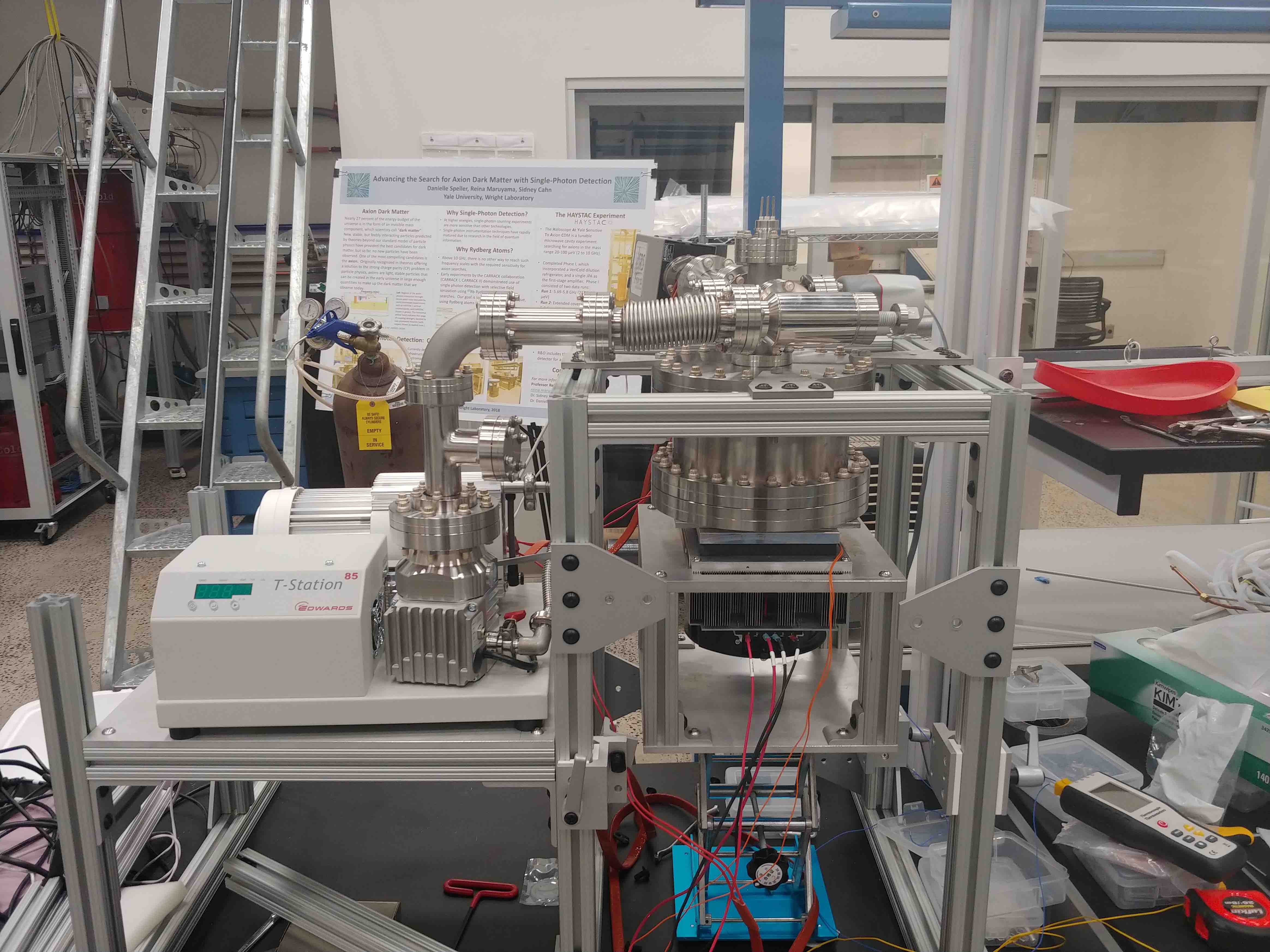What are my interests?
Despite the fact that trillions of particles called neutrinos pass through you every second, we still don't know if the neutrino is its own antiparticle or not. This isn't the only thing physicists don't know yet; for another example, physicists know that a large percentage of matter in the universe is made up of dark matter -- but we still don't know what dark matter actually is. The answers to these problems lies in a subfield of physics known as rare event search physics (which is a subset precision physics): because we haven't directly observed dark matter (or if the neutrino is its own antiparticle), we have reason to believe that detecting these events are a rare occurrence.

I'm drawn to precision physics because it allows us to extend the limits of our theories; precision physics is sensitive to physics beyond the standard model -- which is a fancy way of saying that we can discover new physics using these techniques! Not only that, but some of these rare event searches are conducted in a lab instead of at a collider.
I am particularly interested in studying neutrinoless double beta decay, often abbreviated 0vbb. This is a hypothetical nuclear decay process, that if observed, would mean that the neutrino is indeed its own antiparticle -- if this were the case, the neutrino would be the first elementary Majorana fermion observed. Neutrinoless double beta decay would have wide reaching implications about the matter-antimatter asymmetry that's present in the universe.
Past Research
Seismology and Seismic Anisotropy
I started doing research during my junior year of undergrad. Surprisingly, my first research experience wasn't in particle physics; instead, I worked for Professor Maureen Long in the geophysics department. I had wanted to do seismology research because of the math involved: the idea of working with the wave equation and tensors sounded exciting to me.
From 2018 to 2020 I worked with Professor Long on creating tomographic models of seismic anisotropy in both South and North America using a novel Monte Carlo Markov Chain (MCMC) approach to inversion: similar to how a CT scan operates, we took data on how seismic waves scattered off the Earth's interior in order to piece together images of how the interior structure looks. As I studied more physics, I became aware that this problem is akin to quantum mechanical scattering in the Born approximation -- there was quantum mechanics hiding within seismology!
Outgassing Experiment for nEXO
In the summer of 2019, I decided I also wanted to expand my hand-on lab skills; to that end, I began working with Professor David Moore on the nEXO collaboration. nEXO is an international collaboration that is working to build a future tonne scale liquid xenon (LXe) time projection chamber (TPC) in order to search for neutrinoless double beta decay.

Because of how nEXO's TPC is planning to operate, it is critical that electrons from any potential 0vbb decay are drifted through the bulk of the LXe with as little interference from electronegative impurities as possible. Based on research from past liquid noble gas TPCs, it is believed that these electronegative impurities are introduced through the outgassing of atmospheric gasses trapped in plastics.
Measurements of the activation energy for materials used in real detectors had not yet been done in the LXe community. So, I designed, built, and operated a test stand in order to create an empirical model of how electronegative impurities outgass into vacuum at room temperature. My research is currently being used as a direct input into a model of electronegative impurities that will inform the design of nEXO’s TPC.